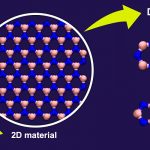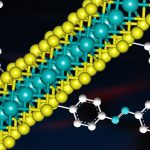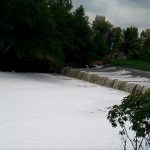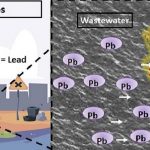
Researchers from IISc have demonstrated the generation of plasma-activated water containing reactive oxygen and nitrogen species such as H2O2, NO2−, and NO3− in high strengths (hs-PAW). This hs-PAW was found to be capable of inactivating even hypervirulent multidrug resistant pathogens. The study, led by Lakshminarayana N Rao and Dipshikha Chakravortty, also shows that plasma-activated water is neutral, making it suitable for real-world biomedical applications.
The team generated hs-PAW using pin-to-water discharge with a funnel enclosure. Simulations showed that the funnel enclosure increased the velocity and circulation without allowing the reactive species to escape far away from the water surface, leading to their increased concentration in the plasma-activated water. The team found that the reactive species in hs-PAW disintegrates the bacteria’s outer cell membrane by perforation, arresting the metabolic activity, eventually inactivating or killing the bacteria.
The team also found that the hs-PAW could retain its bactericidal activity against pathogens even after being stored for up to 15 days. They suggest that such high strength plasma-activated water can be used in several medical applications, such as wound healing, apart from tackling hard‐to‐treat multidrug‐resistant pathogens.






